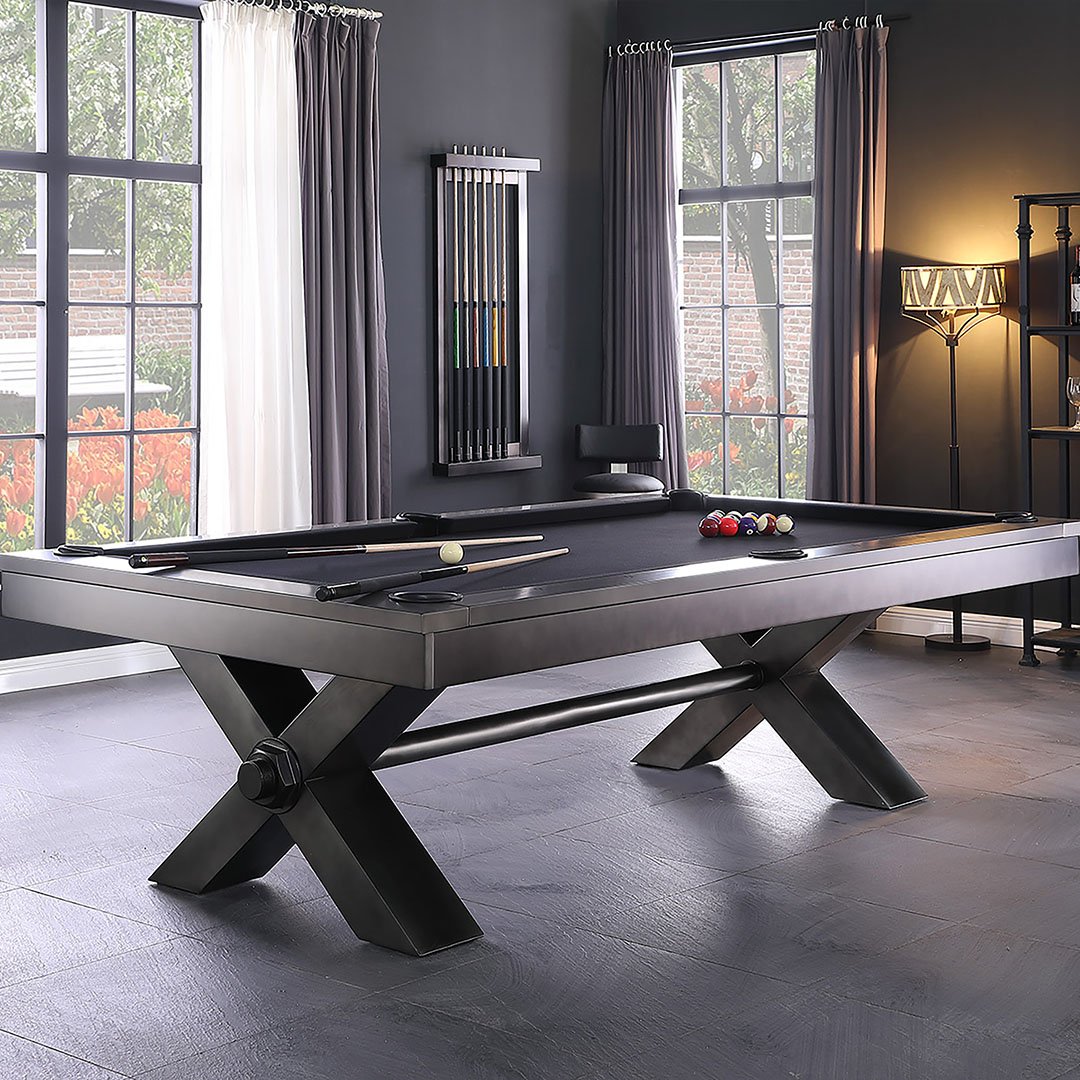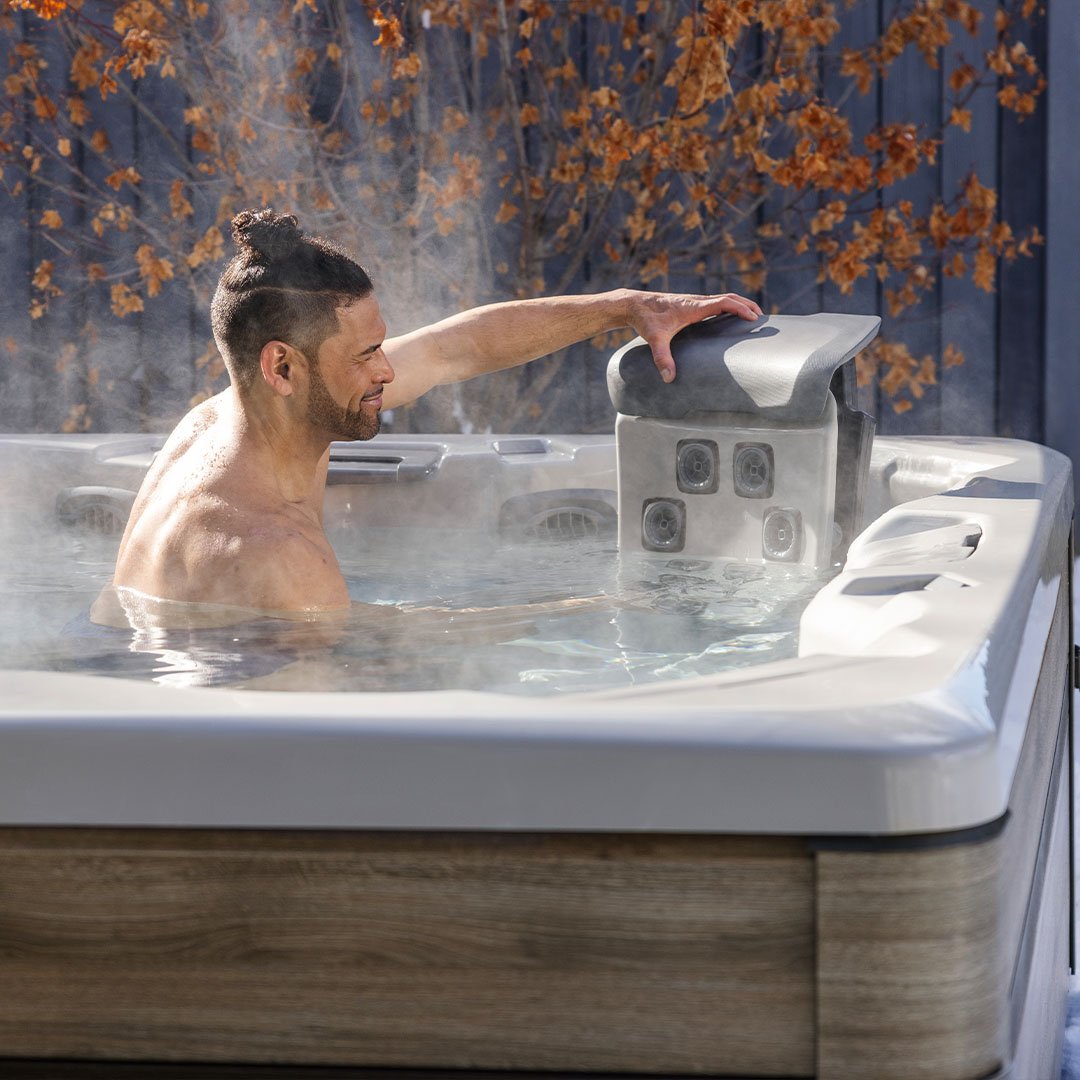Winterizing Plugs for Pools: Essential Guide for Pool Owners
As the leaves start to turn and the air grows crisp, it's time to prepare your swimming pool for the winter months ahead. Just as you'd winterize your car to protect it from freezing temperatures, your pool needs its own cold-weather preparations—and winterizing plugs are an essential component in this seasonal safeguarding process. Let's jump in and discover how these winter pool plugs can save you time, money, and poolside headaches come spring.
What Are Winterizing Plugs for Pools?
Winterizing plugs are small but mighty tools in your pool maintenance arsenal. These specialized plugs are designed to seal off various openings in your pool's plumbing system during the off-season. They're typically made of durable, freeze-resistant materials like rubber or plastic and come in different sizes to fit various pool fittings.
Types of pool openings that require plugs include:
- Return jet fittings
- Skimmer lines
- Main drains
- Light niches
Their proper installation ensures your pool remains protected throughout the colder months, setting the stage for a hassle-free reopening when warmer weather returns.
Why Are Winterizing Plugs Essential for Pool Maintenance?
Protection Against Freeze Damage
When water freezes, it expands. In your pool's plumbing system, this expansion can lead to cracked pipes, damaged fittings, and even ruptured pumps or filters. Winter pool plugs prevent water from entering these vulnerable areas, effectively safeguarding your pool's circulatory system from the damaging effects of ice formation.
Cost Savings in the Long Run
The small investment in quality, corrosion resistant plugs can save you thousands in potential repair costs. Consider this:
- Replacing cracked pool pipes can cost hundreds of dollars per section
- A damaged pool pump could set you back hundreds of dollars or more
- Extensive plumbing repairs might require excavation, adding significantly to the cost
Maintaining Proper Water Levels
Winterizing plugs are instrumental in maintaining appropriate water levels during the off-season. This aspect of pool maintenance is necessary for a few different reasons:
- Structural Integrity: The right water level reduces pressure on your pool's walls and liner, preventing potential damage from frost heave or ground shift.
- Cover Protection: Adequate water levels provide essential support for your winter cover, preventing sagging that could lead to tears or collected debris.
- Chemical Balance Preservation: Consistent water levels help maintain your pool's chemical balance, making spring opening easier and more cost-effective.
Proper use of winter plugs, combined with strategic water level management, sets the stage for a smoother, more efficient pool reopening.
Step-by-Step Guide to Installing Winterizing Plugs
Follow these steps to properly install your winterizing plugs:
- Drain Water From Plumbing Lines: Start by shutting off your pool's circulation system. Remove drain plugs from the pump and filter to allow water to exit. Use a shop vac or air compressor to force out any remaining water in the lines.
- Identify Plug Locations: Locate all return jets, skimmer openings, and main drains around your pool. Note the various plug sizes needed for each opening to ensure a proper fit.
- Install Plugs Properly: Clean each opening to ensure it's free of debris for a secure seal. Insert the correct size plug into each fitting carefully. Hand-tighten each plug for a snug fit without applying excessive force.
Common Mistakes to Avoid
- Over-tightening: Excessive force can damage both the plug and the fitting.
- Incorrect sizing: Using the wrong size or type of plug may result in leaks or inadequate protection.
- Forgetting spring removal: Leaving plugs in place when reopening your pool can cause operational issues.
Remember, careful attention during installation ensures effective winterization and protects your pool investment.
When to Install and Remove Winterizing Plugs
Timing Considerations
The ideal time to install winterizing plugs is when the water temperature consistently stays below 65°F (18°C). This usually occurs when nighttime temperatures drop to around 45°F (7°C).
Regional variations in winterizing schedules:
- Northern states: Mid to late September
- Mid-Atlantic region: October to early November
- Southern states: Late November to December (if needed at all)
Signs It's Time to Winterize Your Pool
- Leaves falling consistently
- Frost appearing on grass in the mornings
- Daytime temperatures staying below 65°F (18°C)

Why Choose Watson's for All Your Pool and Spa Needs
At Watson's, we're committed to making your pool maintenance as easy and effective as possible. Here's why you should trust us for all your spa and swimming pool supplies:
- Wide Selection of High-Quality Products: We carry trusted brands known for durability and performance
- Expert Customer Service: Our team offers tailored advice to meet your specific pool needs
- Lowest Price Guarantee: We ensure you get the best value for your investment
Watson's has all the tools you need for winterizing your pool, from plugs and skimmer grills to covers and vacuums. We're your one-stop shop for all things pool winterization, and we can help you winterize your pool with confidence.
Explore our selection of pool winterizing essentials online, or visit your local Watson's store to scope out our closing kits and accessories.
FAQs
Can I reuse winterizing plugs?
Yes, winterizing plugs can typically be reused for several seasons if they remain in good condition. Inspect them each year for signs of wear or damage. Replace any plugs that show cracks, brittleness, or loss of elasticity to ensure proper sealing.
What if I forget to install a plug?
If you forget to install a winterizing plug, water can enter the plumbing system and potentially freeze, causing damage. If you realize you've missed a plug, drain the affected line immediately and install the plug as soon as possible. Monitor the area for any signs of damage when reopening your pool.
Topics: Pool - Above Ground Pools, Pool - Semi-inground Pools, Pool - Supplies











